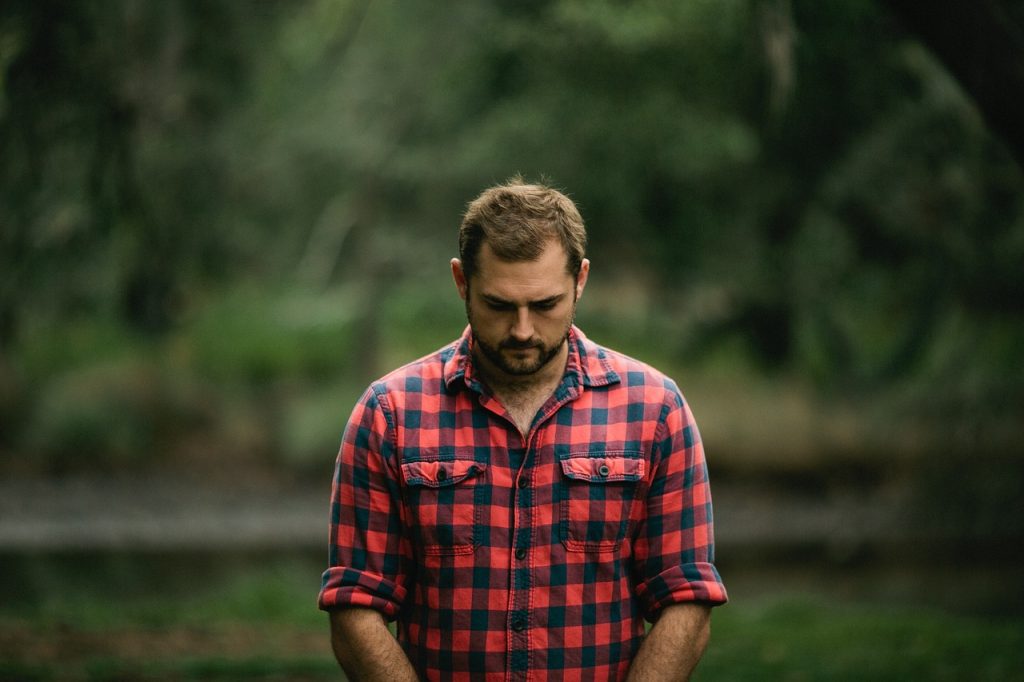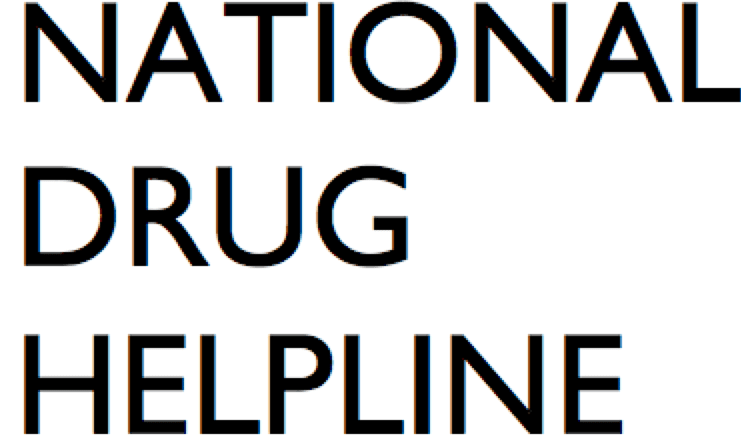The Colorado drug addiction hotline can serve as a crucial lifeline for anyone struggling with substance abuse. By dialing a toll-free number 1-844-289-0879, you can access a range of vital support services at no additional cost. The round-the-clock availability of our hotline ensures that help is always just a phone call away. We provide support to both vulnerable individuals and their loved ones.
The National Drug Hotline is staffed by highly trained and empathetic professionals. Our representatives are equipped with up-to-date information on addiction, treatment options, and resources for substance abuse in Colorado. We understand that confidentiality and privacy are paramount. Callers to the Colorado drug addiction helpline can freely discuss their concerns and experiences without fear of judgment or repercussions. The hotline serves as a safe space to openly share struggles, receive guidance and advice, and explore available treatment options.
Our goal is to foster hope and start you on the journey towards recovery. Call today to find drug and alcohol rehab facilities in Denver, Colorado Springs, Aurora, Fort Collins, Lakewood, and other Colorado communities.
COLORADO SUBSTANCE ABUSE RESOURCES
- Colorado State Employee Assistance Program
- Colorado Crisis Services
- Alcoholics Anonymous Colorado
- Colorado Laws on Underage Drinking
IMPACT OF COVID-19 ON SUBSTANCE ABUSE IN COLORADO
Colorado faces many challenges in addressing substance abuse. One notable challenge is that drug overdose deaths, which were already on the rise, saw the most significant one-year increase during the COVID-19 pandemic. The pandemic impacted access to treatment facilities and support groups due to shutdowns and additionally led to increased drug use due to social isolation.
The Colorado Health Institute pulled data from the Colorado Department of Public Health and Environment and found 1,477 Colorado residents lost their lives due to drug overdoses in 2020, a 38% increase compared to 2019.
The number of overdose deaths due to opioid drugs, including prescription painkillers and heroin, increased by 54%. Specifically, there was an alarming increase in fentanyl-related overdose deaths in Colorado. In 2020, nearly 7 out of 10 opioid analgesic overdose deaths in the state were due to fentanyl use. The number of fentanyl-related overdose deaths more than doubled from 2019 to 2020.
Some ethnic groups felt the impact of the pandemic more than others. African-Americans and American Indians saw the highest rates of overdose deaths. [1]
It is worth emphasizing that people with substance use disorders are at increased risk of serious illness and death from infections such as the coronavirus which caused the COVID-19 pandemic because illicit drugs have a significant negative impact on the heart and lungs.
CHALLENGES CREATED BY THE LEGALIZATION OF MARIJUANA IN COLORADO
The widespread availability of recreational marijuana in Colorado since it was legalized has had a significant impact on public health in the state. The Rocky Mountain High Intensity Drug Trafficking Area (RMHIDTA), which tracks data regarding recreational marijuana use in the state, reports the following data from 2020 (marijuana was legalized in 2013): [2]
- A 138% increase in traffic deaths where drivers tested positive for marijuana.
- A 26% increase in past-month marijuana use in people aged 12 and older (Colorado ranks third in the US and marijuana use in the state is 62% higher than the national average).
- A 185% increase in marijuana-only exposures.
- A 34% decrease in treatment for marijuana use.
- A 15% increase in suicide incidents where the toxicology report was positive for marijuana.
- A 48% increase in seizures of marijuana.
- A contribution of 0.98% by marijuana tax revenue to the state’s 2020 budget.
- Banning of medical and recreational marijuana businesses in Colorado by 66% of local jurisdictions.
ALCOHOL CONSUMPTION IN COLORADO
The Centers for Disease Control and Prevention (CDC) reports the following from their Behavioral Risk Factor Surveillance System 2021 data with regards to alcohol consumption in Colorado: [3]
- 61% of adults in Colorado report having at least one drink of alcohol within the past 30 days.
- 18.7% of adults reported binge drinking (this is defined as males having 5 drinks or more and females having 4 drinks or more on one occasion).
- 7.3% of Coloradans meet the criteria for heavy drinking (adult men having 14 or more drinks per week and adult women having 7 or more drinks per week).
Binge drinking and heavy drinking pose significant risks to both physical and mental health, such as:
Risk of injuries
Alcohol impairs judgment, coordination, and reaction time, leading to an increased risk of accidents, falls, and injuries. These can range from minor injuries to more severe ones like fractures, head traumas, or even fatal accidents.
Health complications
Excessive alcohol consumption can cause a wide range of health problems, including liver disease, cardiovascular disease, digestive problems, neurological disorders, and a weakened immune system. Alcohol abuse is also associated with an increased risk of certain cancers.
Mental health disorders
Binge drinking and heavy drinking can contribute to the development or worsening of mental health conditions, such as symptoms of anxiety, depression, and other mood disorders. Prolonged heavy drinking can increase the risk of developing alcohol use disorder, a chronic condition characterized by compulsive alcohol consumption and loss of control over drinking habits.
Impaired cognitive function
Alcohol affects the brain and impairs cognitive function, causing memory loss and difficulty concentrating. Chronic heavy drinking can result in long-term cognitive deficits and an increased risk of dementia.
Social and interpersonal problems
Excessive alcohol consumption can place a strain on relationships, leading to conflicts, domestic violence, and difficulties in personal and professional interactions. Alcohol can also contribute to poor decision-making, including engaging in risky behaviors, financial problems, and legal issues.
The risks associated with binge drinking and heavy drinking can be mitigated by practicing moderation or abstaining from alcohol altogether. It is crucial to seek help from healthcare professionals or support groups if you or someone you love is struggling with alcohol abuse or addiction. The National Drug Helpline at 1-844-289-0879 can help you find alcohol rehab facilities and treatment options in Colorado.

SUBSTANCE ABUSE IN COLORADO
The Colorado Health Institute reports the following trends in substance abuse in the state.
Opioids are driving the increase in overdose deaths. Between 1999 and 2014, there was a 152% increase in overdose deaths due to all drugs, a 66% increase in non-opioid overdose deaths, and a 325% increase in opioid overdose deaths.
The data shows that males are more likely to die from a heroin overdose than females. The highest overdose death rate is in the 26-34 age group. The rates for heroin and prescription drug abuse are highest among non-Hispanic White people in Colorado.
Approximately 2.9% of the population (128,000 Coloradans) reported abusing illicit drugs in the past year based on the 2015 National Survey on Drug Use and Health.
Illicit drug use among youth remained stable from 2013 to 2015 for methamphetamines, heroin, cocaine, ecstasy, and sniffed or inhaled paints and glues.
In 2015, the following rates of emergency department visits were reported: stimulants 5.7, marijuana and psychedelics 8.0, heroin 11.0, and pharmaceuticals 126.1 per 100,000 population. There was a 62.1% increase in emergency department visits for stimulants from 2011 to 2015, a 96.6% increase for marijuana and psychedelics, a 148.1% increase for heroin, and a 5.2% increase for pharmaceutical poisoning.
In 2015, treatment admissions for various substances were as follows: Alcohol 59%, marijuana 14%, methamphetamine 12%, heroin 8%, cocaine 3%, prescription opioids 3%, and others 1%.
There is a shortage of substance abuse treatment services in the state. Only 15 out of 100 Coloradans who need addiction treatment receive it. The biggest gaps are due to an insufficient workforce. Only a small percentage of spending on substance use disorders is on treatments.
Counties that have a drug overdose death rate of over 20 per 100,000 and no treatment facilities include Baca, Bent, Conejos, Costilla, Delta, Huerfano, Jackson, and Rio Grande.
In 2015, substance abuse cost Colorado $700 billion in health care and other costs. [4]
FENTANYL SEIZURES IN COLORADO
The Rocky Mountain Division of the DEA reported record seizures of fentanyl in 2022. [5]
Approximately 5.8 million doses of potentially deadly fake fentanyl pills and 150 pounds of fentanyl powder were seized from Colorado, Utah, Montana, and Wyoming.
Fentanyl is an opioid drug that is 50 times stronger than heroin. Just 2 milligrams of fentanyl can be a fatal dose. Fake fentanyl pills are made to look very similar real fentanyl pills but contain potentially lethal doses of the drug. Tests by the DEA have found that 6 out of 10 of fake fentanyl pills contain a potentially fatal dose.
- Colorado Health Institute. Opioid Overdose Deaths. Available online. Accessed on July 5, 2023.
- Rocky Mountain High Intensity Drug Trafficking Area. The Legalization of Marijuana in Colorado: The Impact. Available online. Accessed on July 5, 2023.
- CDC. Behavioral Risk Factor Surveillance System (BRFSS). Available online. Accessed on July 5, 2023.
- Colorado Health Institute. Substance Use in Colorado. Available online. Accessed on July 5, 2023.
- DEA. Rocky Mountain Division Announces Record Fentanyl Seizures in 2022. Available online. Accessed on July 5, 2023.
Last updated: July 25, 2023
